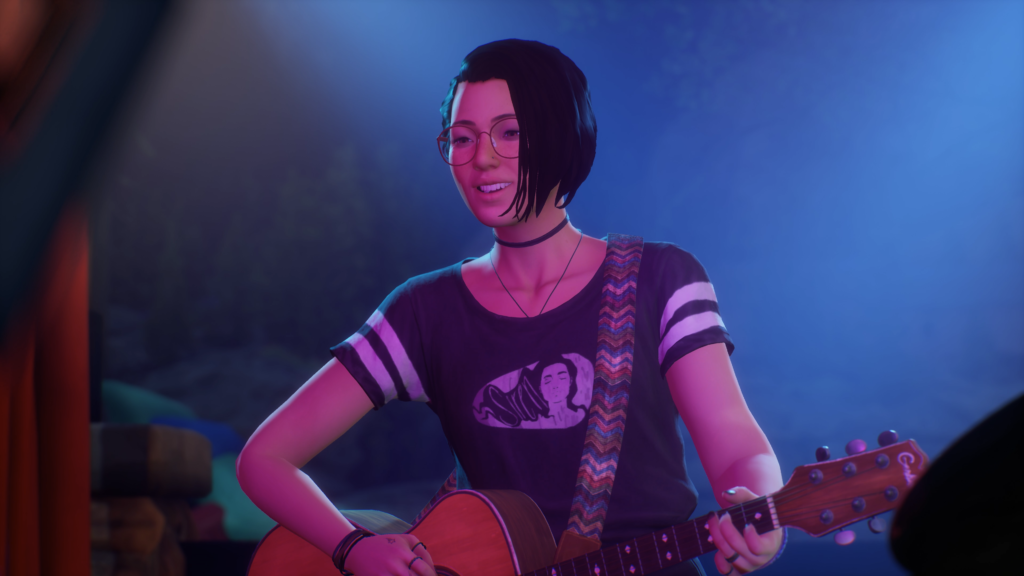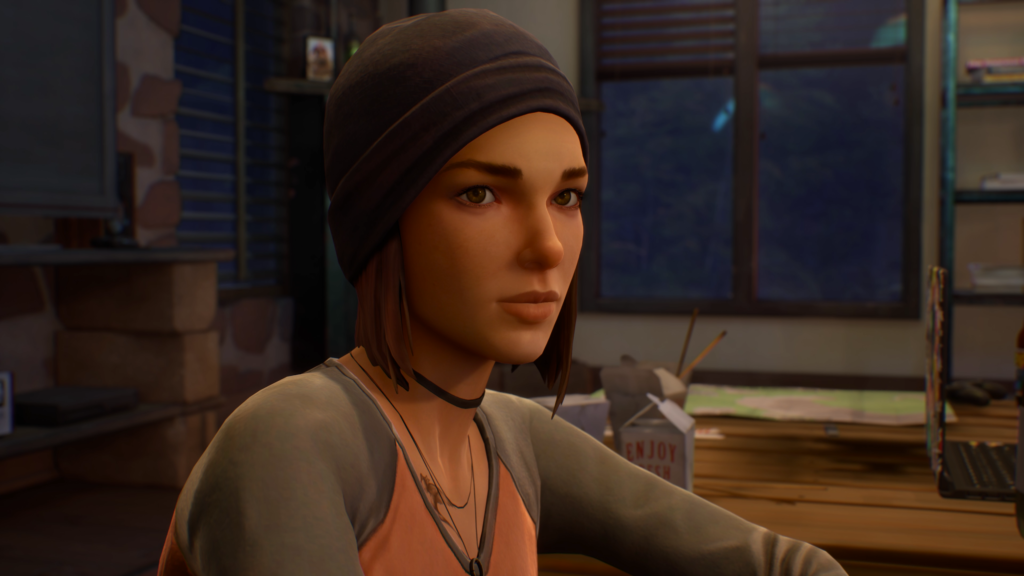
Life is Strange: True Colors is about learning to belong
Life is Strange and I have our own little history. I liked the original game when I was a teenager and was elated to see a game that let you play as bisexual with a male and female love interest, something which Life is Strange: True Colors expands on. The original game had plenty of its own problems with weirdly corny dialogue and questionable plot choices (one of which taught me what the Bury Your Gays trope was), and I was ready to leave Life is Strange in 2015. Yet while True Colors is a standalone game it would be hard to completely separate it from Life is Strange’s past, something I kept in mind when playing.
The new protagonist, Alex Chen, is comfortingly familiar. She’s a misfit, twenty-something-year-old who would rather sing Radiohead alone in her room than cry. But besides being a sad indie girl, she’s also the first Asian-American protagonist in the franchise. Alex moves to Haven Springs, a small Colorado mining town, in search of a place to belong, but her plans get derailed after the mysterious death of her brother, Gabe. Using her supernatural abilities, Alex must navigate the grieving community and find the truth about Gabe’s death.
Alex’s supernatural ability – or superpower – is the ability to see strong emotions in people as colored auras, letting her manipulate and absorb their feelings. Personally, I was skeptical of the whole concept. Having the superpower of being an empath seems like a major downgrade from, say, being able to turn back time. But little by little, True Colors managed to wear down my cynicism.

The game finds moments, quiet and loud, to be charming and emotionally poignant, particularly with the presentation of Haven Springs – a cozy mountain town straight from a tour brochure that’s skilled brought to life by the townspeople and Alex’s interactions with them. There is also the game’s strong focus on music and mood setting allows you to take moments to listen to songs and enjoy the scenery around you. Regardless of anything else, True Colors nailed its own unique vibe.
Alex’s power allows you to effectively read minds with the goal of either making people feel better or emotionally manipulating people for your own purposes (the distinction between the two can feel very blurred). As a mechanic for storytelling it is actually very effective. The goal is to create empathy and it works. The sequences where you “read” people let you quickly immerse yourself in the stories of the townspeople and their struggles.
Two of the Haven residents are romanceable. The love interests, Steph and Ryan, are both incredibly endearing in their own ways. The game allows you to romance either or neither, and even gives you the agency to play within your own boundaries by giving you the option to choose whether to kiss or hug your chosen love interest at romantic moments. Unfortunately, it does feel as if True Colors didn’t break many boundaries by having the love interests be a cool, white, alt girl and a sweet, dorky, white boy, especially when you consider these are the same archetypes as the love interests from the first Life is Strange. Despite that, the romance in True Colors was done very well. I even got a few butterflies from all the small-town romance and had a bit of a bisexual conundrum choosing between the two (well played, game, well played).

At its heart, True Colors is a story about community and what it means to not be alone. Though Alex’s life has been incredibly difficult she finds what she needs to start healing not just from others, but herself.
I’m not allowed to talk about spoilers for True Colors so instead I’ll give a spoiler for the original Life is Strange. The one scene that made me cry was Kate’s hospital scene after her suicide attempt. I didn’t cry during the actual attempt but seeing her recover and reading the postcards where her peers tried to support her and remind her she wasn’t alone, that’s what got me. As a teenager with undiagnosed depression, it sort of found me at the right place at the right time.
In Life is Strange: True Colors, Alex is used to being alone. Watching her learn to belong and be cared about felt real and important and that’s something that a lot of people may need right now. I was cynical, a lot more cynical than I was when I was fifteen, but once again Life is Strange finds me at the right place and the right time. Now that’s cheesy.
Score: 5/5
A copy of Life is Strange: True Colors for PC was provided to Gayming Magazine by the publisher.




